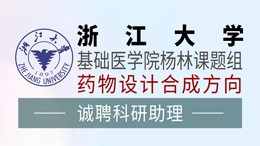当前位置:
X-MOL 学术
›
Front. Marine Sci.
›
论文详情
Our official English website, www.x-mol.net, welcomes your
feedback! (Note: you will need to create a separate account there.)
Modelling the future of aquatic products’ trade under marine pollution by Japan’s nuclear wastewater
Frontiers in Marine Science ( IF 2.8 ) Pub Date : 2025-04-07 , DOI: 10.3389/fmars.2025.1534786
Liru Chen , Yihang Zhang , Yanwen Tan , Abdelrahman Ali
Frontiers in Marine Science ( IF 2.8 ) Pub Date : 2025-04-07 , DOI: 10.3389/fmars.2025.1534786
Liru Chen , Yihang Zhang , Yanwen Tan , Abdelrahman Ali
IntroductionThe discharge of nuclear wastewater (NW) poses significant environmental, economic, and geopolitical risks, impacting marine ecosystems, global fisheries trade, and public health. Japan's decision to release NW has triggered international responses, including seafood import restrictions and inspections.MethodsThis study simulates the short-term (ST) and long-term (LT) effects of NW on global fisheries trade under various scenarios using complex network analysis and maximum entropy modeling.ResultsSimulation outcomes suggest that in the ST scenario, China’s aquatic exports may decrease by 9.11 million tons, followed by Japan with 2.09 million tons. Import reductions for China, the U.S., and Japan could reach $1403M, $1310M, and $1046M, respectively. In the LT scenario, Japan’s exports may fall by $1791M, with China and Chile losing $1321M and $1306M. The U.S. may cut imports by $2521.9M (7.98%), China by 10.06%, and Japan by 7.20%. Smaller-importer nations are also notably impacted.DiscussionThese projections highlight NW’s wide-ranging trade effects, though real-world outcomes will depend on evolving factors. Ongoing monitoring and adaptive trade policies are crucial to mitigate impacts on seafood trade, food security, and economic stability. The results offer strategic guidance for policymakers and industry stakeholders.
更新日期:2025-04-07



































 京公网安备 11010802027423号
京公网安备 11010802027423号